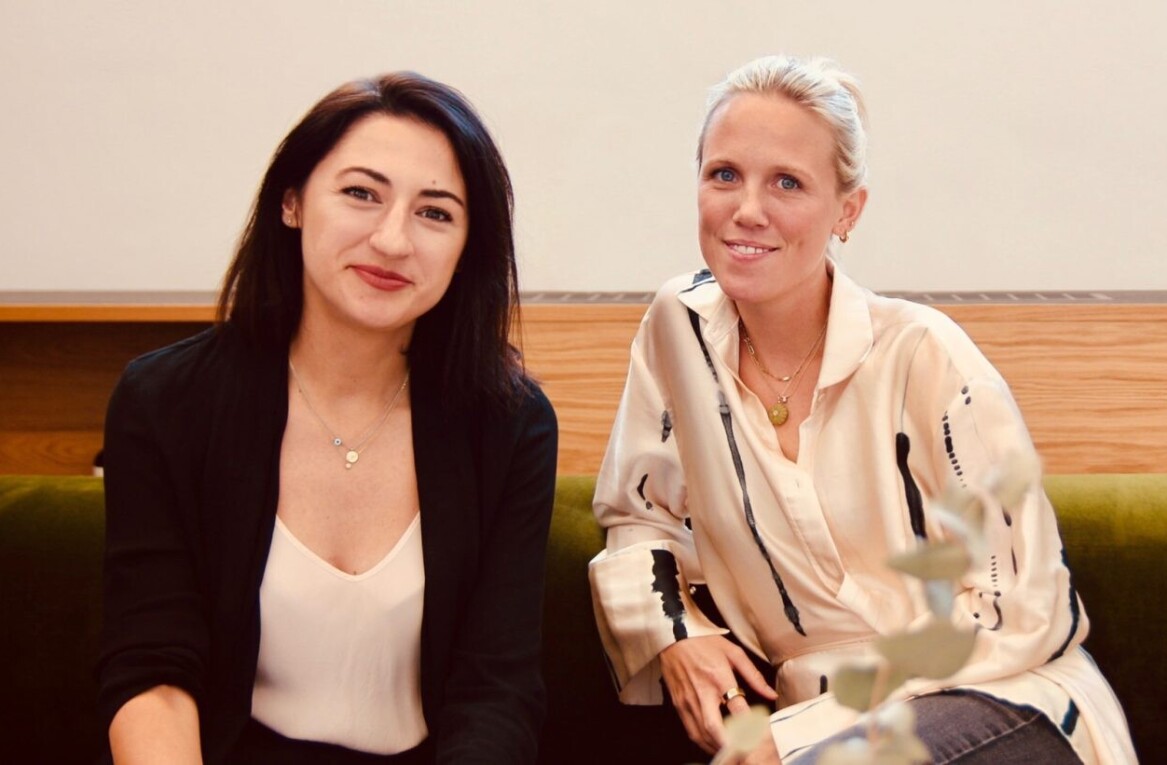
Over the past few years of working with impact-driven startups, I’ve seen the same issue come up over and over again: most impact entrepreneurs suck at communicating sustainability.
They usually go one of two ways — overly social or too scientific — and considering that we’re at a crucial point in the fight against climate change, that’s a huge problem. So here are some tips on how to improve your communication as an impact-driven founder.
First up, let’s start by setting the scene. The impact-driven startups of today will go on to build the foundations of what McKinsey & Company calls the “impact economy.”
Companies like Tesla, Beyond Meat, and Oatly are just a few examples of the beginnings of the coming wave of disruption. A wave of disruption built on the opportunity that sustainability brings with it.
And this wave of disruption is advancing. In fact, some experts estimate low-carbon solutions could displace carbon-intensive technologies across 70% of the economy over the next decade. Bain & Company suggest that “the sustainability revolution is unstoppable” and if the pandemic has shown us anything, it’s that we need to act preemptively to avoid a disaster.
But to get there, I believe they have to leave behind their social (negative) and technical (fact-driven) tendencies and tell better stories of the possibilities that sustainability-challenges bring to build a better future.
So what can we do? We reframe sustainability as an opportunity.
No one ever asked Negative Nancy to the dance
Far too many impact-driven startups continue to communicate about sustainability in a negative tone. They talk about what we have to stop doing — flying, eating meat, driving, using plastic, etc. — rather than communicating the opportunity that impact creation brings with it.
In turn, they hold back their own growth. For example, this challenge can be seen in sentences that follow this line of thinking: “We only have 10 years to save ourselves from climate change… buy our product” and it simply isn’t effective.
This line of reasoning originates in the glory days of charity and philanthropy. To prompt action (donating), non-profits often evoked emotions of fear.
Just think of images of polar bears on slowly melting ice cubes or starving children during the East African famine of the late 1990s. The customer promise was the delivery of direct action and the customer benefit was the feeling that came alongside donating.
However, as the way impact was delivered at scale began to shift from charity towards entrepreneurship, these messages stayed the same. This is a problem because:
- Investors don’t invest in solving global challenges, they invest in businesses that can create impact and profit simultaneously
- Customers don’t buy a product because it solves a global challenge, they buy it because they have a job-to-be-done and a product does that job whilst creating positive impact
- Partners and employees don’t join your cause because of a problem, they join because you’ve got a vision of a better future and you can help them get there

When impact-driven founders pump out negative messages, essentially what they’re showing investors, customers, and partners is that they haven’t moved on from the days where the impact was delivered by charity.
This raises major red flags in the for-profit world in terms of the mindset of the founder, attitude towards key business development leavers such as marketing and branding, and the ability to attract and retain key talent.
Educating the masses is a fool’s game
What’s more, negative messages are simply ineffective as they attempt to “educate” the masses rather than profile a purposeful vision of the future, tangible value, or outline customer benefits.
Essentially, by targeting the majority before the innovators and early adopters, impact-driven startups are jumping ahead of themselves in the adoption process of their innovation. Why? Because the innovators already want impact.
They don’t need to be convinced that climate change exists or that there’s too much plastic in the ocean. They’re well aware of the challenge and they’re ready to make changes… the only thing is that they don’t know how.
As an impact-driven startup, it’s your job to show them how to achieve it.
For example, imagine you’re walking down the street and somebody stops to tell you that you should change your superannuation to a fund that has divested from fossil fuels. Even if you agree, your reaction is likely to be one of disdain or annoyance. “Why are you talking to me” and “why should I trust you?”
But now imagine that you have a good friend who tells you the same thing at a BBQ. Would you hear them out? Maybe hear more than just what you need to do? Maybe even the why? When a message is delivered by someone you know and trust, you’re much more likely to be receptive than skeptical.
Preaching to the choir is for the Sundays of yesteryear
This challenge is further compounded by the fact that many impact-driven founders have backgrounds in science, academia, or engineering and as a result, far too many impact-driven startups preach to the choir.
Many of those who dedicate their lives to solving the greatest challenges of the day are undoubtedly some of the sharpest tools in the shed (I’m looking at you TU Delft), with backgrounds in engineering, science, or academia.
However, the vast majority of your clients, unless you’re selling directly to other sustainability-driven companies, operate outside of the sustainability bubble (the echo chamber of green jargon). And potentially their level of sustainability literacy is different.
You can recognize this trajectory with startup’s taglines that read something akin to the following:
We are an AI-driven multidisciplinary innovation ecosystem leading the systemic transition to a planet-inclusive circular economy through Industry 4.0 technology.
When I read that my brain begins to implode… BUT WHAT DO YOU ACTUALLY DO?
The green jargon route is a classic impact-driven entrepreneur character trait: it’s a complex subject and you want to show that you’re qualified.
However, this often drives us to speak to our peers at the expense of our target audience. Essentially, we let our own ego get in the way of communicating effectively.
How to win in this new impact-driven landscape?
Just like the Dutch at the beginning of their Golden Age or Silicon Valley at the turn of the millennium, those who invent the technology of the future are those who will get ahead.
But adoption takes time and sustainable technology is in its infancy. The best way to attract new partners into our ecosystem is to show them the possibilities, not the challenges.
We’re reaching a tipping point in society and it disrupts or be disrupted. If people don’t resonate with what you’re saying, convincing them is redundant. Let them find out that history isn’t kind to the laggards and focus on communicating your perspective of the future to innovators and early adopters.
To win in this new landscape, impact entrepreneurs need to let go of the days when impact was delivered by charities and nonprofits, as well as their scientific backgrounds, and embrace their entrepreneurial side — to frame sustainability as an opportunity.
Get the TNW newsletter
Get the most important tech news in your inbox each week.





